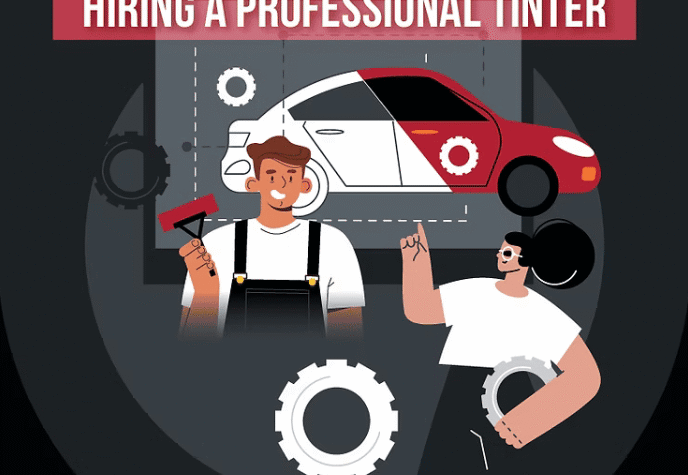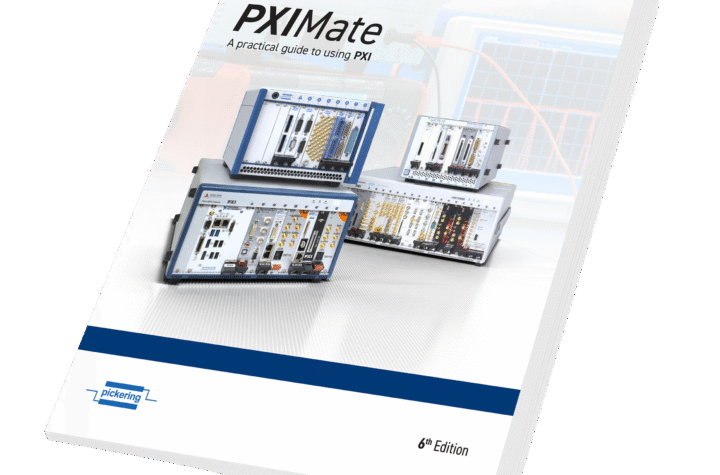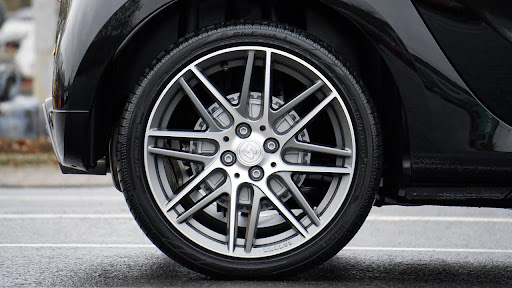

A working model of the complex electronics needed to drive autonomous cars is encapsulated in an Audi concept car with TTTech Automotive’s Advanced Driver Assistance System Platform on board.
The result of cooperation between Audi, TTTech and other high-tech suppliers demonstrates the convergence of information and control technology. It will result in a highly integrated platform ECU named zFAS, which is based on a complex multicore network.
“Our goal is leadership in piloted parking and piloted driving. For this purpose TTTech and Audi are developing a highly advanced high performance central electronic control unit,” said Ricky Hudi, Head of Electronics,
AUDI AG in a press statement. “It will feature performance and computing capacity superior to the entire electronic architecture of today’s Audi A4. With this high performance system we are entering the path towards piloted parking and driving in an entirely connected world,” he said.
“We are proud to leap forward with our cross-industry-proven core technology components towards Audi’s vision of piloted driving,” said Stefan Poledna, member of TTTech’s executive board and co-founder.
This cooperation resulted in the development of a new cross-functional concept for a deterministic ethernet-based electronics architecture. zFAS successfully integrated safety-relevant applications in an intelligent way.
AUDI AG and the TTTech Group have been cooperating closely in the field of time-triggered systems since 2001. TTTech Automotive’s core business is the development and series supply of safety-relevant ECUs in the areas of electric propulsion, driving dynamics and driver assistance. During its successful strategic partnership with Audi, TTTech introduced the networking technology Deterministic Ethernet (TTEthernet), a fully location transparent and observable middleware (TTIntegration) and its multi-criticality safety platform (TTSafety) with market leaders in the aerospace, space and industrial markets.
In fact the next NASA spacecraft, the ORION Multi-Purpose Crew-Vehicle (MPCV), deploys TTTech’s TTEthernet technology as the core network for its avionics systems. Most recently TTTech has started to work with Cisco to establish Deterministic Ethernet as an enabling technology for the real-time Internet of Things (IoT).
Formed in 1998 as a spin-off of the Vienna University of Technology, TTTech has offices in Germany, Italy, Romania, the United States, Japan and China, in addition to its headquarters in Vienna, Austria.
Automotive Industries (AI) asked Marc Lang, Director Business Development & Sales, TTTech Automotive, what are some of the breakthroughs TTTech has achieved with Audi in the field of piloted driving.
Lang: I think the most important thing is the fact, that one single ECU is now doing all the work for various applications simultaneously. That is truly a tremendous progress. In modern cars one specific application working in a highly secure manner means one specific ECU is necessary. Regarding our brand new ADAS (or zFAS, as named by Audi) we are talking about approximately 30 different applications running at the same time on a single ECU. An intelligent partitioning concept secures that a defect or bug in one specific application does not harm any other or cause a collapse of the whole ECU. Furthermore the middleware eases the process of software integration during the development cycles.
AI: What are some of the future piloted driving technologies that will be launched by your company?
Lang: Time will tell what drivers really want to use and are willing to pay for. In fact, within a short period of time we will see automated parking where the driver will stay outside of the car during parking process. Piloted driving during traffic jams is available on the market already – the next challenge is to run the application without keeping the driver in the loop. Automated or rather semi-automated driving on highways will follow, probably including lane change and other features.
AI: What are some of the innovative safety-related ECU technologies for ADAS applications that have come from the TTTech stable?
Lang: The middleware developed by TTTech allows a simple and easy way to integrate applications to the ECU. It is very scalable. We are talking about a lot of applications running at the same time, even though they may have different safety and criticality levels. Deterministic Ethernet allows very sophisticated and very reliable network solutions at any time.
AI: What do you see the future of piloted driving as?
Lang: As long as piloted driving or driving assistance raise comfort and even can diminish distress, they should have a great future ahead. Automotive Industries then asked Georg Niedrist, Director Products and Projects at TTTech Automotive, to tell us about TTTech’s work with Audi – how closely have the two companies worked in terms of R&D?
Niedrist: Of course it has been a very close cooperation – and is still ongoing. In fact, the system architecture and integration concept of zFAS was a – as I think very convincing – result of intensive discussions with Audi staff members and lots of common brainstorming.
AI: What makes TTTech’s ECUs particularly attractive to automobile designers and manufacturers?
Niedrist: The keywords here are safety and cost efficiency: Being able to integrate 30 applications on one ECU in a predictable, efficient and safe manner is a huge asset. And there could be even more of them because of the very good scalability. In terms of our general ECUs they are as reliable and safe as can be – one of the major points in automotive industry as well as Aerospace and many other fields.
AI: What role does flexibility play when designing technologies for automotive OEMs?
Niedrist: Of course flexibility is one of the key requirements of automotive manufacturers. Only truly flexible solutions and the understanding of the very special needs of each OEM will keep you in the business.
AI: What will be some of the future challenges for companies like yours when designing/creating new automotive applications – how is the driving experience evolving?
Niedrist: We focus on the safety aspect of future computing platforms. As the need for more processing power increases – not only in the area of driver assistance applications – there is a clear overall trend towards domain ECUs. ECUs will become standard in the automotive industry and host a variety of different functionalities. Our scalable approach guarantees the match with different computing and safety requirements.












More Stories
Automotive Industries (AI) Newsletter April 2025
Bangkok International Motor Show 2025 – The Talk of Sensuous Automotive
GlobalLogic Pioneering Software-Defined Vehicles, AI Innovation, and Sustainable Solutions for the Future of Automotive Mobility